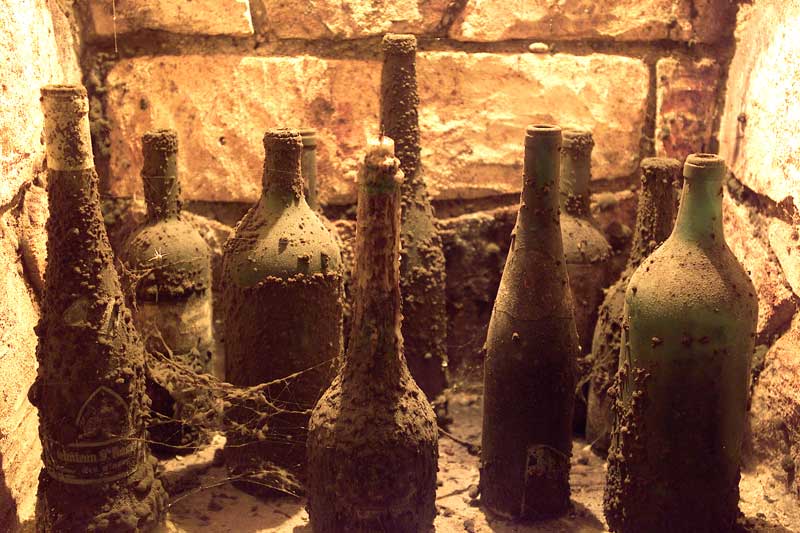2013
 Great
Great
A year of extremes and surprises, with a wet first half of June, enormous heat, and long periods of dry weather in Summer, followed by cool autumn nights.
The wines are well structured, with strength and freshness, and have ripe aromas. A very exceptional year, with exciting wines, and a year to greatly challenge the nerves of the winegrower.
A long, but not too cold winter was followed by a warm Spring. The second part of May, and the first half of June, were exceptionally cool and rainy. This was followed by an exceptionally long period of heat and dry weather.
Nine weeks without meaningful rain, and temperatures over forty degrees Centigrade, made life for the plants difficult. At last at the end of August came rain and cooler weather. September stayed cool but sunny, so the grapes could ripen slowly, which encouraged the depth and fruit aromas of the wines.
THE COURSE OF THE WEATHER IN DETAIL.
A very long, but at the same time, cool winter lasted until 20th. April, when some warm, dry weeks followed. But from the middle of May to the middle of June, there was much rain, and very cool weather, which caused considerable blossom damage to the early varieties. The weather then changed abruptly, and from 22nd. June to 28th. August, no significant rain. Vines need approximately 3 – 5 litres of water a day. But for this whole Summer, with its extreme heat, the figure rises to 15 litres. This means that the whole of the soil’s water requirements must be provided by irrigation.
There were four successive periods of heat, with maximum temperatures up to 40 degrees, in the period between 20th.
July and 10th. August. In all there were 39 days with temperatures over 30 degrees.
A strong wind from the South, which had an extremely drying effect, in combination with the heat, greatly weakened the vines. It is a wonder of nature that plants even manage to survive such extreme conditions.
But until 27th. August were generous rainfall and cooler weather to arrive.
Fine, late Summer weather, with cool nights, lasted until mid September. On 17th. September there was heavy rainfall, with over 40 litres per square metre. But by this time we had harvested nearly all the Zweigelt grapes, and all of the St. Laurent. Very fine autumn days followed, with a cool West wind, and very cold nights almost amounting to frost. The development of botritis was checked, but the development of sugar content went slowly, and acidity remained fresh.
On the 4th. of October a light morning frost was present in lower-lying sites. On the higher sites, the leaves stayed healthy, and were thus able to continue building sugar levels. The weather conditions for the harvesting of Blaufränkisch in the middle of October were optimal.
